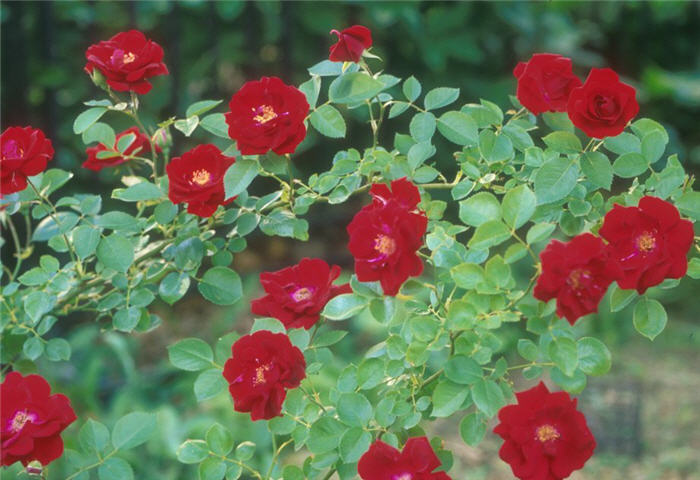| Botanical Name: Rosa x spp (Climbers) | |
| Common Name: Climbing Rose |

-
Anatomy
-
Culture
-
Design
Plant Type
Shrub, Vine
Height Range
6-12', 12-25'
Flower Color
Gold, Lavender, Orange, Pink, Red, Yellow, White, Multi-Colored
Flower Season
Summer, Intermittent
Leaf Color
Green, Dark Green
Bark Color
Brown
Fruit Color
Orange, Red
Fruit Season
Summer, Fall
Sun
Full, Half
Water
Medium, High
Growth Rate
Moderate
Soil Type
Loam
Soil Condition
Average, Rich, Well-drained
Soil pH
Neutral
Adverse Factors
Thorns/Spines
Design Styles
English Cottage, Formal, Mediterranean, Ranch, Spanish
Accenting Features
Fragrance, Showy Flowers, Specimen
Seasonal Interest
Summer, Fall
Location Uses
Background, Entry, Foundation, Patio
Special Uses
Small Spaces
Attracts Wildlife
Birds, Butterflies
Information by: Stephanie Duer
Photographer: Cheryl R. Richter
Photographer: Cheryl R. Richter
-
Description
-
Notes
Climbing roses are a delightful way to add vertical color and interest to a garden. Not true vines, but rather brambles that need to be supported to grow along walls, fences, arbors, or other sturdy structures. Most rose types have climbers within their group; some hybrid teas are available as both shrub and climber (Peace Rose comes to mind).
Roses need to be planted in full sun and well drained, loose, organic soil. For tips on siting, planting, pruning, and training roses, see the Guides, as it just doesn't all fit here!